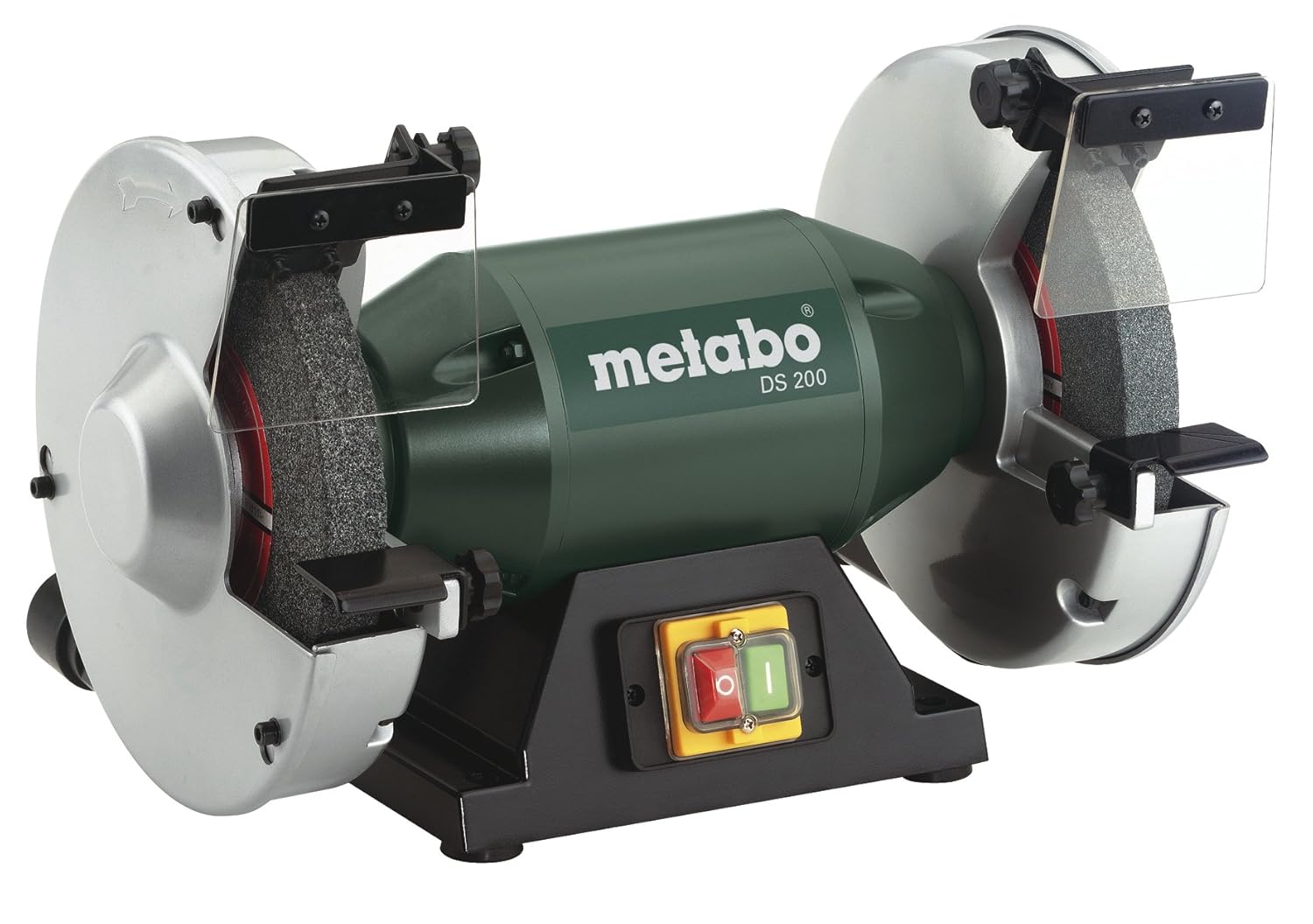What is Bench Grinder?
The bench grinder is to the workshop as the mentor is to the group. It doesn't run out on the field when a device goes down, obviously, yet in the event that it wasn't for the processor in my shop, there would be significantly more dull apparatuses (and most likely more wounds).

The grinder isn't extremely costly, is the span of the crate in which a couple of work boots touch base from the shoe store, and requires just to be secured solidly to a workbench or other mount. It'll pound smooth the unpleasant bleeding edge on wood and frosty etches, plane blades, boring tools, scissors, and blades: it'll repair screwdrivers and punches, and can be utilized for smoothing welded joints or different imperfections, and notwithstanding granulating off bolts. With a cushion wheel or wire wheel, it likewise cleans and cleans a wide range of instruments and questions.
The bench grinder has two granulating wheels, one on either side of the engine lodging. The greater part of each wheel is secured by a monitor, however about a ninety-degree circular segment of each wheel's edge is uncovered at the front of the processor.
Most home workshops will never require a robust, overwhelming obligation processor. One fueled by a one-quarter to one-half pull engine is most likely sufficient, with half-inch or vast wheels of five or six crawls in measurement. Bigger processors, with all the more intense engines and wheels eight inches or more in breadth are additionally accessible. Commonly, the speed at which the wheels turn is in the vicinity of 3,000 and 3,600 revolutions for every moment.
You May Also Like to Read: